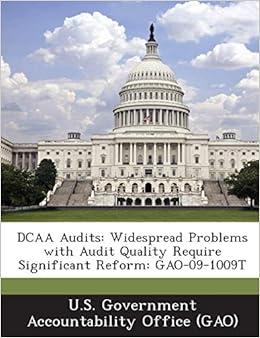
Capital Expenditures, Depreciation, and Disposal Merton Company purchased a building on January 1, 2015, at a cost of $364,000. Merton estimated that its life would be 25 years and its residual value would be $14,000. On January 1, 2016, the company made several expenditures related to the building. The entire building was painted and floors were refinished at a cost of $21,000. A federal agency required Merton to install additional pollution control devices in the building at a cost of $42,000. With the new devices, Merton believed it was possible to extend the life of the building by six years. In 2017, Merton altered its corporate strategy dramatically. The company sold the building on April 1, 2017, for $392,000 in cash and relocated all operations to another state. Required: 1. Determine the depreciation that should be on the income statement for 2015 and 2016. Indicate the effect on financial statement items by selecting "-" for decrease (or negative effect), "+" for increase (ar positive effect) and "NE" for No Entry (or no effect) on the financial statement. Journal Balance Sheet Income Statement Stockholders' Equity Date Description Debit Credit Assets Liabilities + Revenues Expenses In Dec. 31 Building Accumulated depreciation building Journal Balance Sheet Income Statement Net Stockholders' Equity Date Description Debit Credit Assets Liabilities Revenues Expenses Income Jan. 1 Journal Balance Sheet Income Statement Net Stockholders Equity Date Description Debit Credit Assets Liabilities Revenues Expenses Income 1 Journal Balance Sheet Income Statement Net Stockholders' Equity Date Description Debit Credit Assets Liabilities Revenues Expenses Income Jan. 1 Journal Balance Sheet Income Statement Stockholders' Net Date Description Debit Credit Assets Liabilities Equity Revenues Expenses Income Dec 31 2. Explain why the cost of the pollution control equipment was not expensed in 2016. a. The asset was capitalized because it provided a current year tax advantage. b. Since the pollution control equipment has an unknown life, the asset was capitalized. c. Since the pollution control equipment extended the life of the asset, the asset was capitalized d. Extending the life of the asset makes no difference on whether to expense or capitalize, so the company chose to capitalize it for lower taxes in the current year. . 3. What amount of gain or loss did Merton record when it sold the building? Do not round intermediate calculations. What amount of gain or loss would have been reported if the pollution control equipment had been expensed in 2016? Capital Expenditures, Depreciation, and Disposal Merton Company purchased a building on January 1, 2015, at a cost of $364,000. Merton estimated that its life would be 25 years and its residual value would be $14,000. On January 1, 2016, the company made several expenditures related to the building. The entire building was painted and floors were refinished at a cost of $21,000. A federal agency required Merton to install additional pollution control devices in the building at a cost of $42,000. With the new devices, Merton believed it was possible to extend the life of the building by six years. In 2017, Merton altered its corporate strategy dramatically. The company sold the building on April 1, 2017, for $392,000 in cash and relocated all operations to another state. Required: 1. Determine the depreciation that should be on the income statement for 2015 and 2016. Indicate the effect on financial statement items by selecting "-" for decrease (or negative effect), "+" for increase (ar positive effect) and "NE" for No Entry (or no effect) on the financial statement. Journal Balance Sheet Income Statement Stockholders' Equity Date Description Debit Credit Assets Liabilities + Revenues Expenses In Dec. 31 Building Accumulated depreciation building Journal Balance Sheet Income Statement Net Stockholders' Equity Date Description Debit Credit Assets Liabilities Revenues Expenses Income Jan. 1 Journal Balance Sheet Income Statement Net Stockholders Equity Date Description Debit Credit Assets Liabilities Revenues Expenses Income 1 Journal Balance Sheet Income Statement Net Stockholders' Equity Date Description Debit Credit Assets Liabilities Revenues Expenses Income Jan. 1 Journal Balance Sheet Income Statement Stockholders' Net Date Description Debit Credit Assets Liabilities Equity Revenues Expenses Income Dec 31 2. Explain why the cost of the pollution control equipment was not expensed in 2016. a. The asset was capitalized because it provided a current year tax advantage. b. Since the pollution control equipment has an unknown life, the asset was capitalized. c. Since the pollution control equipment extended the life of the asset, the asset was capitalized d. Extending the life of the asset makes no difference on whether to expense or capitalize, so the company chose to capitalize it for lower taxes in the current year. . 3. What amount of gain or loss did Merton record when it sold the building? Do not round intermediate calculations. What amount of gain or loss would have been reported if the pollution control equipment had been expensed in 2016







